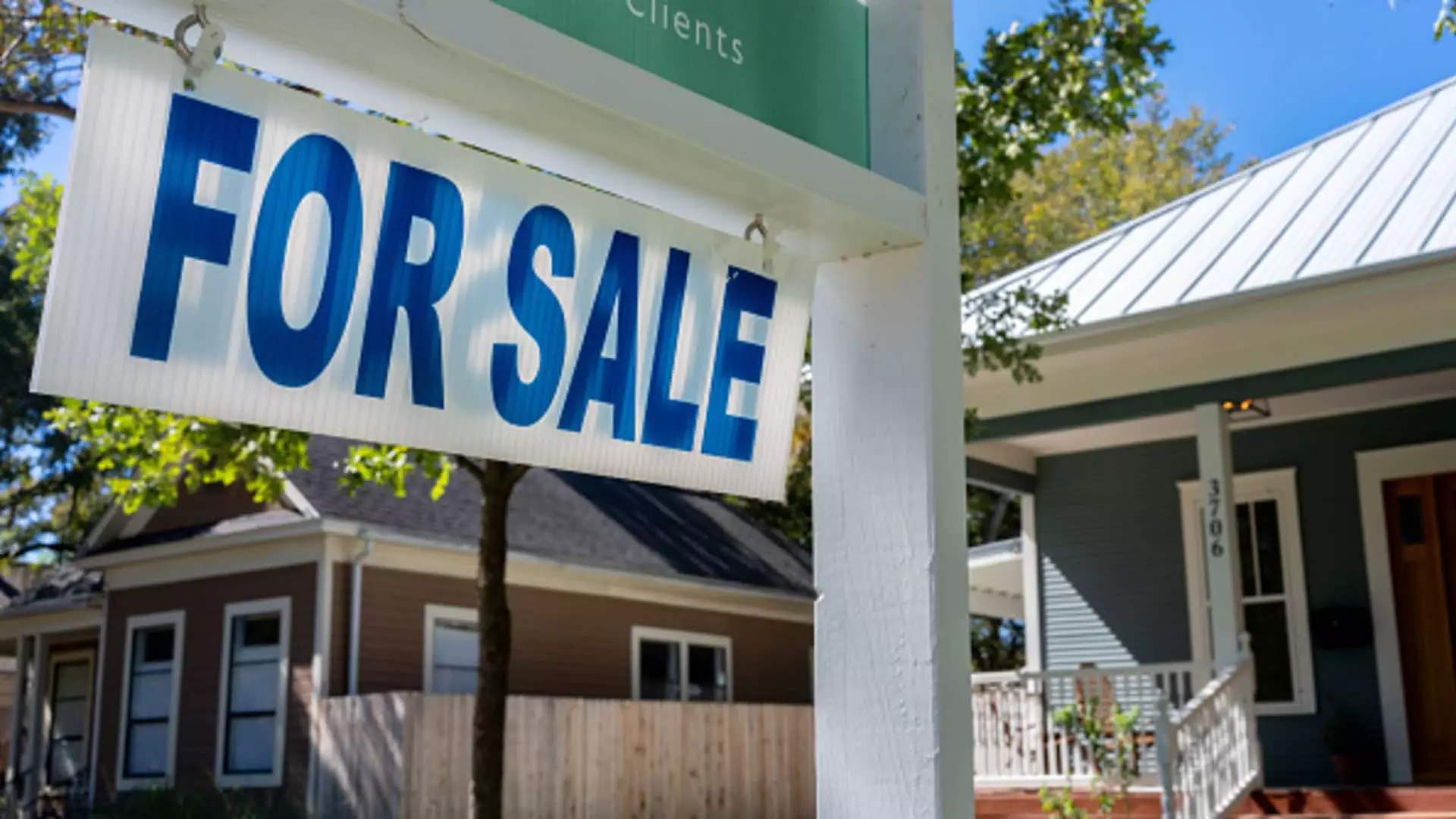As mortgage rates hover around 6%, a growing contingent of prospective homebuyers is keenly aware of the contrast with the palatable 3% rates that defined the housing market in 2020 and 2021. This increase in rates has elicited a sense of nostalgia and frustration among those seeking homes, prompting some to explore strategies that could facilitate homeownership at more favorable terms, such as assumable mortgages. The term “assumable mortgage” has seen a marked spike in search traffic, indicating a renewed interest in a financial option that many have long forgotten.
Assumable mortgages allow buyers to step into the shoes of the original borrower, effectively adopting the existing loan’s terms, including interest rates that might be significantly lower than current market rates. This mechanism provides potential savings, particularly for buyers who might be facing burgeoning rates that could strain their budgets. Though commonly associated with the housing markets of the 1970s and 1980s, the popularity of assumable mortgages has declined due to significant regulatory and economic changes over the decades.
In 1982, the Garn St.-Germain Act was introduced, allowing private lenders to enforce due-on-sale clauses. This change essentially made assumptions difficult, as new buyers would generally be required to pay off the existing mortgage whenever a property changed hands. As a result, assumable mortgages became an exception rather than the rule, often limited to specific circumstances like property inheritance or divorce.
Despite the diminished presence of these financial instruments within the broader housing market, a select number of loans remain assumable. Key types include those backed by the Veterans Affairs (VA), Federal Housing Administration (FHA), and the United States Department of Agriculture (USDA). According to Raunaq Singh, CEO of Roam, approximately 20% to 25% of homes for sale are fully assumable at any given time. Yet, the actual number of transactions where assumptions occur is far below that potential.
Statistical insights reveal this trend: in 2023, only 4,052 FHA-backed mortgage assumptions were completed, despite a notable increase of 59% compared to 2021 figures. The VA has experienced even more dramatic growth, revealing a staggering 713% increase in mortgage assumptions in the same period. Both the VA and FHA are already surpassing their previous year’s totals, indicating a robust uptick in interest in assumable mortgages.
As the housing market navigates the complexities of rising interest rates, assumable mortgages could represent a valuable tool for homebuyers seeking ways to mitigate financial pressure. While they may not be as prevalent or widely recognized, the increased search interest—coupled with the uptick in assumption transactions—suggests that more buyers are becoming aware of this potential route to homeownership.
While assumable mortgages may not be a panacea for the challenges faced by today’s homebuyers, they certainly deserve consideration as part of a broader strategy in an evolving and often tumultuous mortgage landscape.

